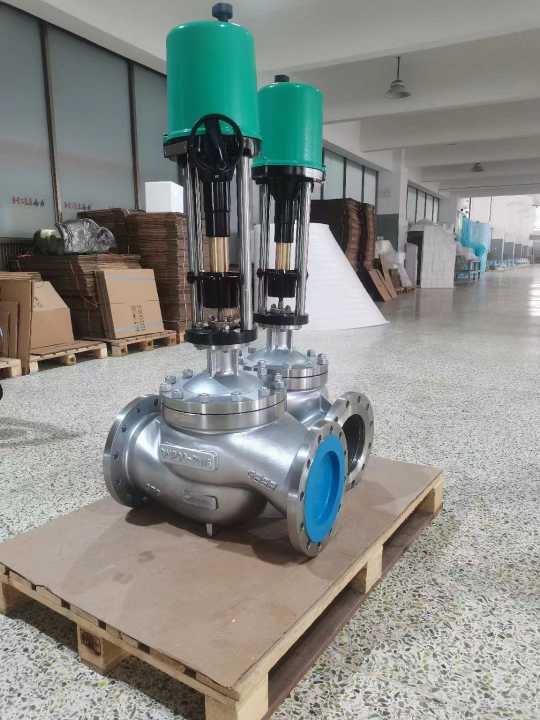Hydrogen energy has emerged as one of the most promising alternatives in the quest for clean, sustainable power. As industries and governments around the world work towards reducing carbon emissions and adopting renewable energy sources, hydrogen gas is gaining significant attention due to its high energy density and clean combustion. In this context, the Hydrogen Energy Electric Single Seat Regulating Valve plays a crucial role in the efficient and safe operation of hydrogen-based systems. This article explores the design, functionality, applications, and challenges associated with this essential component in the hydrogen energy sector.

1. Introduction to Hydrogen Energy Electric Single Seat Regulating Valve The Hydrogen Energy Electric Single Seat Regulating Valve is a critical device used for regulating the flow and pressure of hydrogen gas in various systems. These valves are designed to operate in high-pressure environments, ensuring that hydrogen is distributed safely and efficiently throughout the system. The “single seat” design refers to the configuration of the valve seat, where the valve’s sealing element sits against a single surface to control fluid flow. Equipped with an electric actuator, this regulating valve can be controlled remotely via electrical signals, allowing for precise and automated adjustments. This capability is essential for maintaining the optimal operation of hydrogen systems, where accuracy and reliability are paramount.